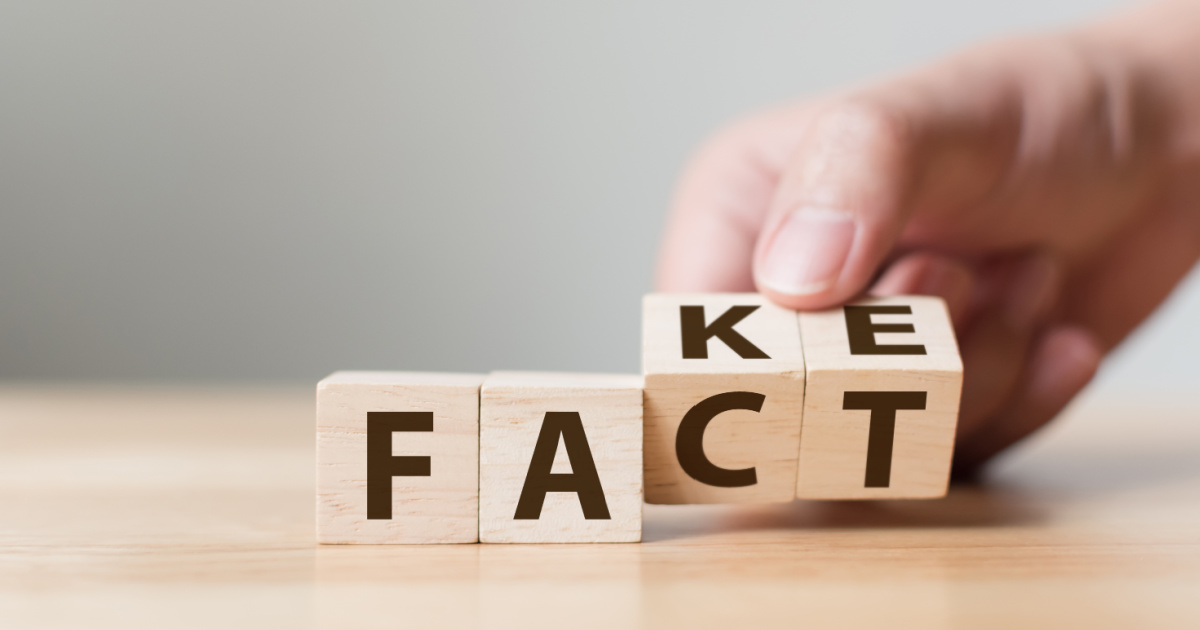
Twenty years ago, people would have been confused by the term “fake news.”
We trusted the news and the journalists who ran it to be moral and to follow a code of ethics, but that’s just not reality any longer.
Now, it’s hard to know what sources to trust to give us an unbiased report on the state of the world.
Experts say the key to spotting the fake stuff is to put yourself into the shoes of the “bad” guy in the story.
Dutch media platform DROG and scientists from the University of Cambridge invented a game called Bad News to essentially “vaccinate” the public against misinformation.
They pretend to be creators of fake news in order to gain as many followers as possible, while players learn to spot strategies like political polarization and spreading conspiracy theories.
In 2019, 15,000 people participated in a study and researchers found the game was successful at improving people’s ability to spot and resist disinformation.
The same team wanted to know if a secondary school classroom setting would be as good – or better – at achieving the same results.
So they recruited 516 upper-secondary students between the ages of 16 to 19 and asked them to complete a questionnaire. It was designed to measure their ability to spot manipulative and credible content, and asking them to justify their reasons for their judgement.
This study also revealed that the game had a positive impact on their ability to discern fake news. In fact, many of them were actually better able to put a finger on how they knew the information was fake.
Co-author Thomas Nygren issued a statement on their findings.
“The students improved their ability to identify manipulative techniques in social media posts and to distinguish between reliable and misleading news.”
The authors do note that the study had limitations, like being conducted on students from just one country, and only testing their ability to spot fake news in a social media post.
They say future studies should investigate the impact of the game on a wider scale.
“This is an important step towards equipping young people with the tools they need to navigate in a world full of disinformation. We all need to become better at identifying manipulative strategies – prebunking, as it is known – since it is virtually impossible to discern deep fakes, for example, and other AI-generated disinformation with the naked eye.”
It sounds like this is definitely something we should learn more about as a whole society.
Because I don’t think the fake news is going away anytime soon.
Thought that was fascinating? Here’s another story you might like: Why You’ll Never See A Great White Shark In An Aquarium